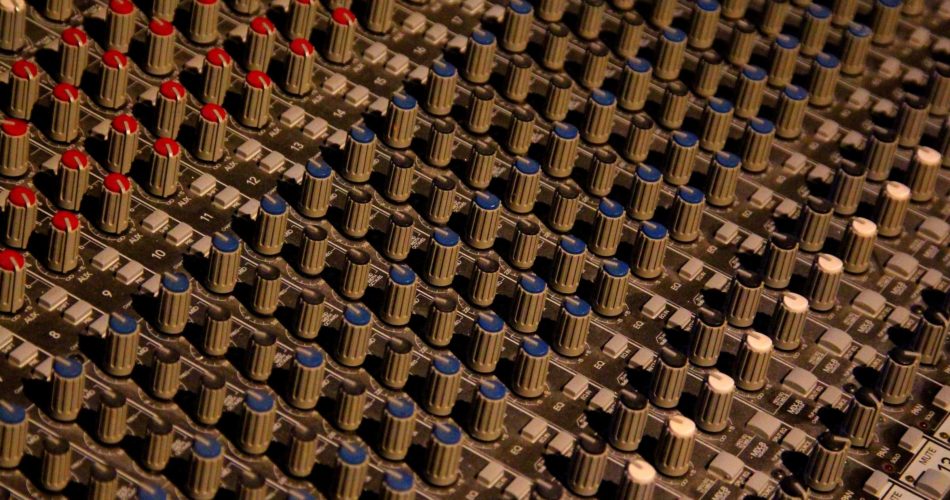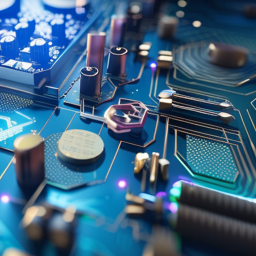There are several ways to plug equipments together and It’s not necessarily easy to find your way around all the cables and connectors when you know nothing about it.
In this article I propose to show you two ways of wiring an effect with an audio source to a mixer.
The easiest – “Series” wiring
The easiest way of plugging an effect into a mixer is to wire it in series. Let’s imagine we have a mixing desk, or mixer, an effect, and a sound source (I took a CD player below), you will “insert” the effect box between the sound source and the mixer.
The circuit would be as follows :

In this setup, we set the amount of effect with the “Dry/Wet” control that is on the the effect unit.
This installation allows you to add effect on one source. If you have several sources, you will need to have more effect units, as follows :

This becomes restrictive, and this is where we understand the interest of the “effect loop” or “aux send” cabling that I will explain to you just after.
“Effect loop” wiring
The advantage here is to have only one single effect unit, useable on multiple sources.
To make this possible, you will need to have a mixer that has the “Send/Return”, “Effect Loop”, “Aux Send”, “FX send”, … function. All these names refer to the same function.
If the mixer has this function, you can then wire your effect in “effetct loop”.
Here is the wiring below :

It is therefore necessary to wire the effect, as well as all the sources, directly to the mixer.
In this setup, we set the amount of effect on the mixer and the “Dry/Wet” setting must be set on 100% Wet !
To add an effect on a particular source, all you have to do is enage the “send” control of the mixer, so you can use the same effect on several sources, and adjust it quite finely!
“Insert” wiring
The “Insert” wiring is very similar to the “Series” wiring.
If your mixer has “Insert Jacks”, you can use them to plug an external effet on this jack, and the effect will be wiring In “series” with the correponding input.
For example, the following diagram is exactly the same as the one presented for the “Series” wiring, but it is made with an Insert jack :

Here, the source 1 (CD player) goes into the mixing desk, we can select the source and Equalize the frequencies, then the signal is sent into the Insert Jack.
If nothing is plugged into the insert jack, then the circuit is automatically closed and the signal continues its path into the mixer.
If an effect is plugged into the insert jack, the signal will be sent and then received from the effect before continuing its path into the mixer.
This wiring type is (nearly) equivialent to the “Series” wiring, in this way that it needs one effect per source to use effects on multiple sources, as shown in the following diagram :

How to choose the type of wiring ?
The “effect loop” and “Series”, or “Insert jack” wiring are not used for the same purposes.
Personally, I use the “Series” or “Insert” wiring for effects that modify or process the sound without having small “time” effects: EQualizers, Compressors, Filters or Chorus, Distortion, Flanger, Phaser, etc…
The “effect loop” wiring is more usefull for effects that “adds” temporal components to the sound, typically an echo chamber (delay) or a reverb.
So now you know the advantages and disadvantages of both types of effect wiring and how to connect an effect to a mixer.
Thanks for reading, I hope that this article was usefull !
🙏 If you liked it, please share on your social networks 🙏
And if you have any remark, an experience to share, or if you want to tell me wich subject you’d like for the next article :
Don’t hesitate to share in the comments below !




